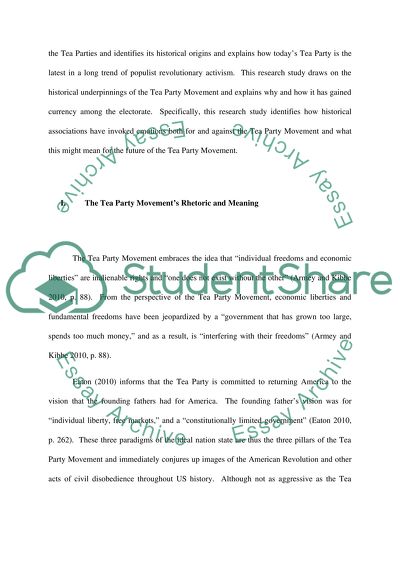Cite this document
(“The Tea Party Movement: Past and Present Research Paper”, n.d.)
Retrieved de https://studentshare.org/history/1391853-the-tea-party-movement-past-and-present
Retrieved de https://studentshare.org/history/1391853-the-tea-party-movement-past-and-present
(The Tea Party Movement: Past and Present Research Paper)
https://studentshare.org/history/1391853-the-tea-party-movement-past-and-present.
https://studentshare.org/history/1391853-the-tea-party-movement-past-and-present.
“The Tea Party Movement: Past and Present Research Paper”, n.d. https://studentshare.org/history/1391853-the-tea-party-movement-past-and-present.


